The textile sector, a cornerstone of global economies, is poised for significant growth in the coming years. With ongoing innovations in technology, increased demand for sustainable practices, and evolving consumer preferences, the industry is set to experience a boom. The global textile industry is expected to see substantial valuation increases, driven by these transformative changes and the expanding middle class in emerging markets.
Let’s break down the factors contributing to the future growth of the textile sector, including projected valuations and the drivers of this growth.
1. Global Market Valuation Projections
The global textile market has been valued at around USD 1.0 trillion in 2023, and it is forecasted to reach approximately USD 1.23 trillion by 2030. This growth represents a compound annual growth rate (CAGR) of about 3.5% from 2023 to 2030.
Key Sub-Sectors Driving Growth:
Apparel and Clothing Market: The apparel sector, which forms the largest portion of the textile industry, is expected to grow from USD 700 billion in 2023 to USD 1 trillion by 2030, driven by the increasing demand for fashion, especially in emerging economies.
Technical Textiles: The technical textiles segment, used in industries like healthcare, automotive, construction, and agriculture, is projected to see the highest growth. It is estimated to grow at a CAGR of 6.2% from 2023 to 2030. By 2030, the market for technical textiles could be valued at over USD 400 billion, with increasing applications in smart fabrics, medical textiles, and sustainable solutions.
Sustainable Textiles and Eco-Friendly Products: The demand for sustainable and eco-friendly textiles is rapidly growing. Eco-friendly fabrics, such as organic cotton, hemp, and recycled polyester, are gaining popularity, particularly in Europe, North America, and Asia. The market for sustainable textiles is expected to grow at a rate of around 7-10% annually.
2. Key Drivers of Growth in the Textile Sector
2.1 Technological Advancements
Technology is the biggest enabler of growth in the textile industry. Innovations like AI, 3D printing, smart fabrics, and automation are not only improving production efficiency but also creating new opportunities for growth.
Automation in textile manufacturing will streamline processes, making them faster and more cost-effective. Robotics and AI-driven tools for quality control, predictive maintenance, and design will significantly boost productivity.
Smart Textiles such as wearables, health-monitoring fabrics, and energy-generating textiles will expand the market. The growing demand for “tech-wear” and functional textiles is expected to contribute significantly to market expansion.
2.2 Sustainability and Eco-Friendly Practices
With increasing awareness about environmental sustainability, the textile sector is shifting toward greener practices. As consumer demand for sustainable, eco-friendly textiles rises, manufacturers are focusing on reducing water usage, minimizing waste, and producing textiles from biodegradable and recycled materials.
The eco-textile market alone is forecasted to grow at a CAGR of 8-10% over the next decade. Textile waste recycling, waterless dyeing technologies, and the shift toward organic fibers are helping drive this growth.
The rise of circular fashion models—where clothing is recycled, repurposed, or upcycled—is also helping the sector scale in a more sustainable manner.
2.3 Increasing Demand from Emerging Markets
Emerging markets in Asia-Pacific, Africa, and Latin America are projected to be key growth areas for the textile industry. As these regions experience economic development and urbanization, the demand for textiles, both in terms of apparel and home textiles, is expected to surge.
India, China, and Southeast Asian countries will play critical roles in increasing production and consumption of textiles. India’s textile market, for instance, is projected to reach USD 200 billion by 2030, driven by domestic demand and exports.
Middle-class growth in countries like India, China, and Brazil is increasing disposable income, which is driving demand for both high-quality fabrics and luxury apparel.
2.4 Globalization of Fashion and E-Commerce Growth
The globalization of fashion trends and the increasing prevalence of online shopping are expected to further fuel the textile industry’s growth.
E-commerce in fashion, including platforms like Amazon, Zalando, Myntra, and Alibaba, has dramatically expanded the reach of textile manufacturers. The growth of fast fashion and demand for low-cost, high-turnaround products will continue to increase the market size.
According to projections, the global fashion e-commerce market is expected to grow from USD 700 billion in 2023 to USD 1.2 trillion by 2030, contributing heavily to the overall textile sector’s valuation.
3. Growth in Technical Textiles and Smart Fabrics
The technical textile segment, which includes textiles for use in industrial applications, healthcare, automotive, and even space exploration, is poised for rapid growth.
Smart textiles, such as fabrics embedded with sensors or conductive materials, are expected to witness growth driven by the expanding wearables market. Innovations like bio-monitoring garments or clothing with built-in heating systems are becoming more mainstream, with a projected market size of USD 10 billion by 2030.
Medical textiles, used for creating garments for surgical use, wound care, and prosthetics, are becoming more sophisticated and are expected to see significant growth.
Automotive textiles, which include upholstery, seat covers, and airbag fabrics, are also growing, with increased demand for more durable and lightweight materials.
4. Government Support and Policy Initiatives
Governments around the world are offering support to the textile industry through policy initiatives, subsidies, and investment in infrastructure.
India’s “Atmanirbhar Bharat” initiative and China’s “Made in China 2025” program aim to boost local textile manufacturing and innovation.
India’s PLI (Production Linked Incentive) scheme for the textile sector, which incentivizes manufacturing in areas like man-made fibers and technical textiles, is expected to encourage growth in these specific segments.
Various trade agreements, such as the EU-India Free Trade Agreement and US-India Trade Relations, are also increasing market access for textile products globally.
5. Challenges and Risks
Despite the positive growth trajectory, the textile sector faces several challenges that could impact future valuation:
Rising Raw Material Costs: The prices of key raw materials, including cotton, wool, and synthetic fibers, fluctuate based on climatic conditions and supply chain disruptions.
Environmental Concerns: Increasing pressure from consumers, activists, and regulatory bodies to reduce carbon emissions, water usage, and waste means that manufacturers must invest in sustainable technologies, which could drive up costs.
Labor-Intensive Nature: Many textile manufacturing operations still rely on labor-intensive practices, particularly in developing countries, which could pose a challenge as labor costs rise.
Geopolitical Instability: Tariffs, trade wars, and shifts in global supply chains (such as those seen during the COVID-19 pandemic) can create volatility in the market.
Conclusion: A Bright Outlook for the Textile Industry
The future of the global textile industry appears strong, with projections showing steady growth in market valuation, driven by technological innovation, sustainability initiatives, and emerging markets. The industry is likely to see a rise in valuation from USD 1 trillion in 2023 to USD 1.23 trillion by 2030, with certain segments like technical textiles, smart fabrics, and sustainable fashion leading the way.
The fusion of technology, sustainability, and global demand will shape the industry’s trajectory, providing vast opportunities for manufacturers, designers, and consumers alike. However, companies must remain agile, investing in innovation and sustainability to stay competitive in this dynamic and fast-evolving sector.
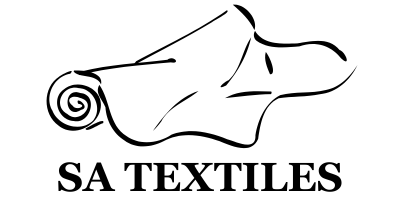
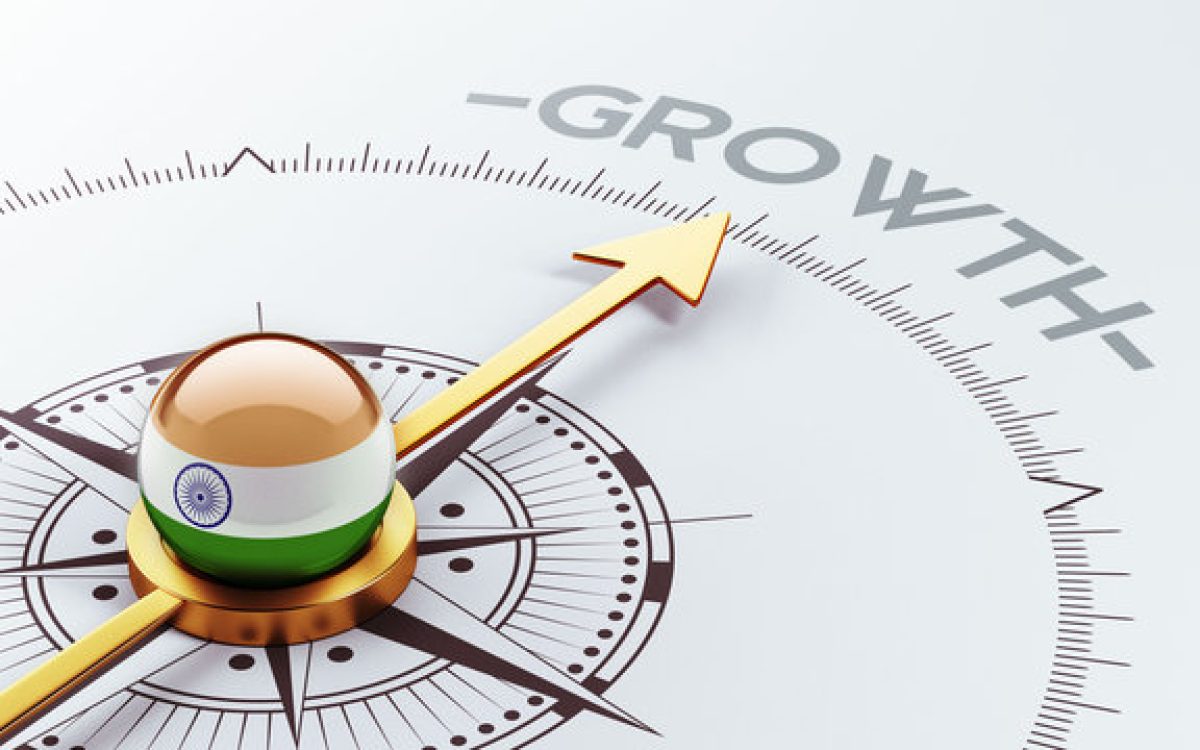
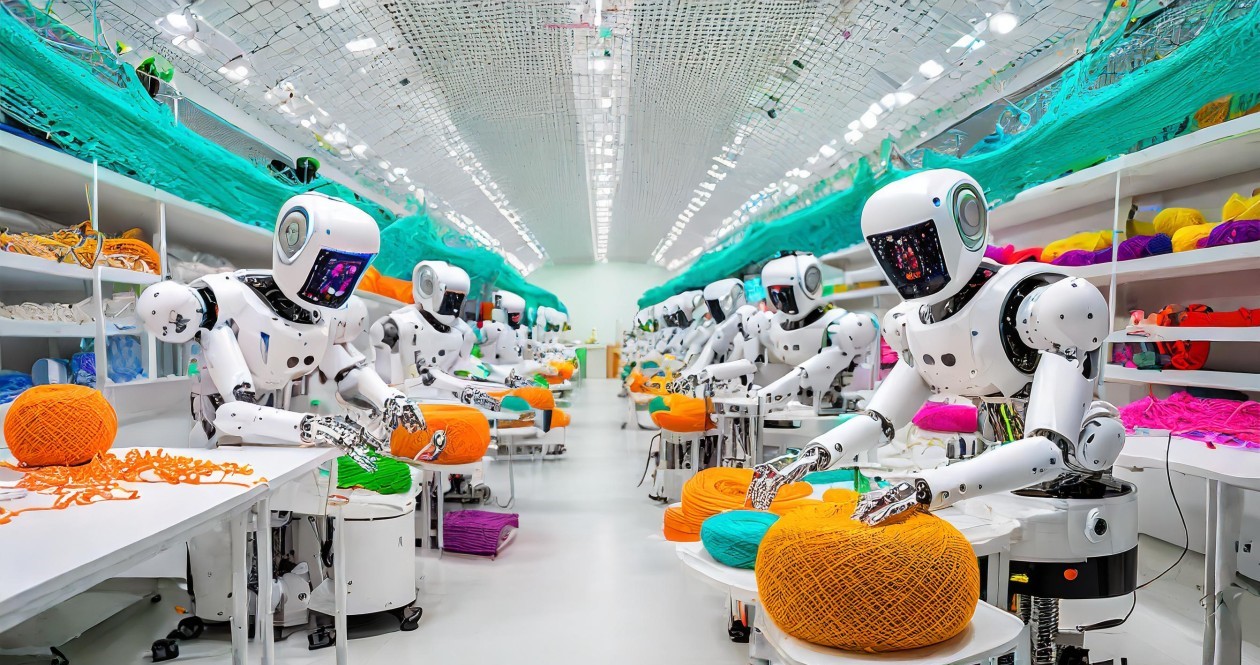
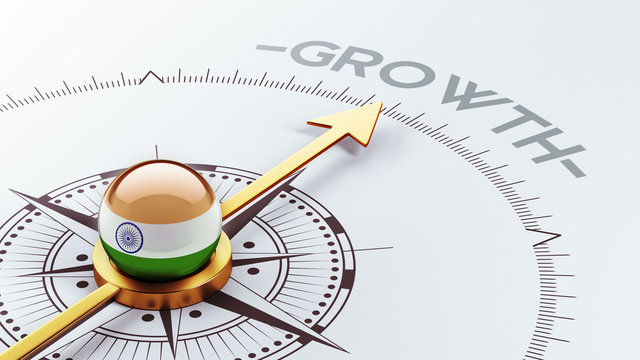
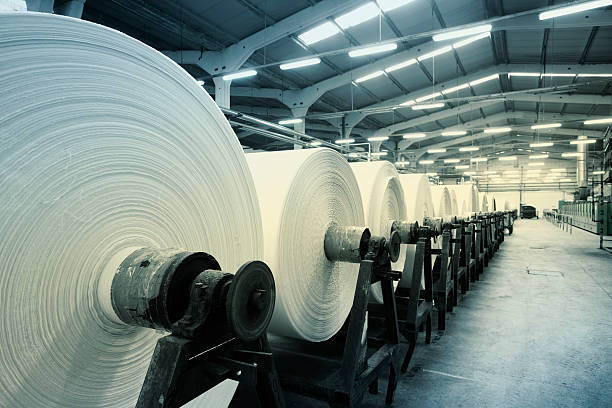

2 Comments
Quo est sed eos aut enim Id est quae reprehenderit non reprehenderit. Nulla possimus veritatis laudantium quidem Voluptatem eum adipisci expedita tenetur Rem minus illum accusantium non consectetur itaque deleniti. quo culpa facere est quos. Et ipsam maiores ut est
Nihil ut reprehenderit rem blanditiis Voluptatem ut deleniti sed. Minus ipsam earum Non placeat delectus quis maiores pariatur rerum. Voluptatibus dolores deleniti aut reiciendis Adipisci aperiam similique ipsum qui. Quidem ipsum voluptatem aut. Sint enim qui qui cumque Quas consectetur neque excepturi non ut perspiciatis. facilis neque esse praesentium repudiandae. Eveniet doloremque sequi maxime optio. Ut sed asperiores qui consequatur ipsam.